… Anthropology is everywhere and is about all of us.
(And what do Anthropologists actually do?)
Have you ever wondered what Anthropology is?
Have you ever wondered what Anthropology is? Or have you just assumed it had something to do with ruins, bones, or even dinosaurs? If you have, you were half-right about the ruins and bones—but dinosaurs? That’s a paleontologist’s business. Or is it that maybe you have pictured an Indiana Jones lookalike adventurer with the fedora hat and all. If you allow me, today I’d like to bust a few myths.

Image by Travis Anderson from Pixabay
Stereotypical female Anthropologist at work.
When I tell people I’m an Anthropologist, I usually get intrigued nods, ‘ohhs’, ‘ahhs’ and a polite “how interesting”, almost certainly followed by an awkward silence. It’s like they’re mentally flipping through known stereotypes imagining dusty artifacts and jungle adventures…and wondering if they should just pop the question and go ahead and ask: “So… what is it you do?” I must say most do ask, though the answer often isn’t what they imagined. I just love answering that question: Anthropology is about all of us, questioning the ordinary to understand the extraordinary.

Image by Bob Dmyt from Pixabay
Let’s start from the beginning, simply put: Anthropology is the study of humans. Anthropologists study how we live, why we act the way we do and how we make sense out of it all. We are extremely curious and dig into everything, sometimes literally when we dig out ancient artifacts to reveal some more about humanities’ past, and not so literally when we dig into modern communication trends, office politics, cultural rituals or DNA diversity. Anthropology answers questions you didn’t know you had like, why a thumbs-up lands fine in Toronto but is offensive in Cairo, or how some of us can drink milk and others can’t (we have our ancestors to thank for this). Why do some cultures greet with hugs and others with handshakes? Anthropologists never take anything for granted. They’re always exploring why we act in the ways we do and what unconscious biases could be at play.
Let’s dig a bit deeper into the specifics of our jobs. Even though Anthropologists can be found anywhere and almost everywhere, they come in different shades and sizes according to their field of study. To make things a bit more complex there are four main fields of study, with several subfields (which you don’t need to bother with). These are:
- Cultural or Social Anthropologists: they study living cultures, think about distant rainforest villages to corporate environments or even AI design. Their general aim is to understand how people create meaning in their daily lives. Anthropologists don’t just visit communities—they move in, chat over meals, and learn the unspoken rules of social interaction. Why some cultures love to chat over dinner while others prefer to eat in silence. Why we transfer our assumptions into everything we design.
- Archaeologists: they work in reconstructing human behavior by studying artifacts like tools, pottery, buildings and even bones. Part detectives, part time-travelers, they’re able to reconstruct and tell us how people lived just from what they learn by analyzing, for example, broken pottery or ancient trash pits (yes, garbage is gold for an Archeologist).
- Biological Anthropologists: they explore human evolution, genetics, and biological diversity. They might answer questions like: Why can some people drink milk as adults (are our ancestors to thank)? How did the lungs of people who live in high altitude adapt to thin air?
- Linguistic Anthropologists: they Investigate how language shapes identity, power, and culture. Language isn’t just words it’s the cultural meaning behind them. Think about how what you say and how you say it can covey different meanings to different people.
What does an Anthropologist on the job look like?
Sometimes Anthropologists are difficult to spot, they don’t wear a uniform of sorts, but you can recognize them by their fedora hat… no, no I’m just kidding. You can recognize them by the way the act, they are either the ones asking most of the questions or the ones silently observing and taking notes. One of the most well-known methods Anthropologists use, is called participant observation and it basically means you get involved with the people you study, spend a lot of time with them, just like a clueless newcomer that is trying to understand local customs, that sometimes gets laughed at when he/she tries to do as the others but doesn’t quite get it: awkward, humbling, but turns out to be the best way to learn.

This could be an example of what an Anthropologist practicing participant observation looks like.
Image by Naassom Azevedo from Pixabay

Taking notes
Image by StockSnap from Pixabay

Archeologist analyzing artifacts at the lab
Image by Brenda Geisse from Pixabay
The practice of wonder

Archeologist writing notes during fieldwork
Image by JamesDeMers from Pixabay
Anthropology is sometimes thought about as a toolkit of methods, but it really is way of seeing the world. Sure, yes, we’ve become famous for our fieldwork (specially Archeologists who have been profusely portrayed in movies). But behind the scenes, there are centuries of diverse theories and hard-earned insights about humanity. Some of my teachers at uni used to say: Anthropology is the practice of wonder, and I agree. I think it is worth taking every opportunity to highlight its value and even more importantly keep expanding the interests of Anthropology bringing it into every space available to question everything we see and do, whether we might be from boardrooms to hospitals and tech labs. Surely the world could use more “anthropological thinking” and fewer cultural misunderstandings. More moments where we stop to think: Why does this make sense to them?
If my article came out well, next time you meet an Anthropologist, you might know what to ask.
Or if you think of lost temples or ancient bones, now you know that Archeology is a field of Anthropology – and while I do love a good adventure, actually my field of study, as a Social Anthropologist, is more related to our everyday world than to ancient artifacts. And no, I don’t usually wear a fedora hat.
If you liked my article or you’d like to learn more about me, here’s my LinkedIn profile. Also, if by any chance you’d like to buy me coffee, I would greatly appreciate it. Have a great day! www.linkedin.com/in/virginiakambo
2 comments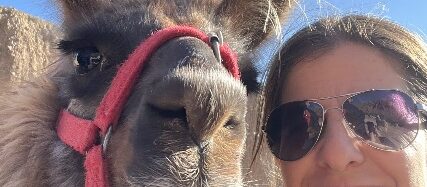

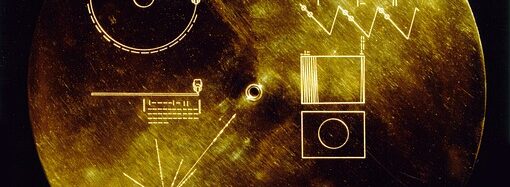
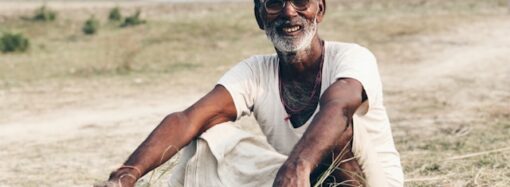
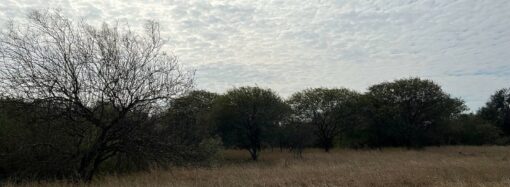
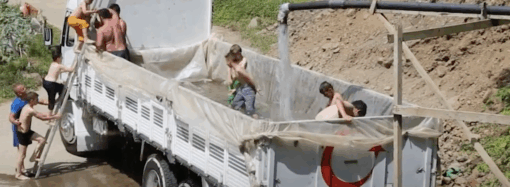


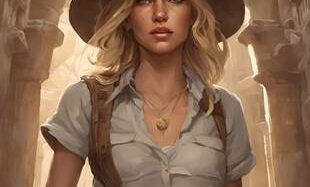


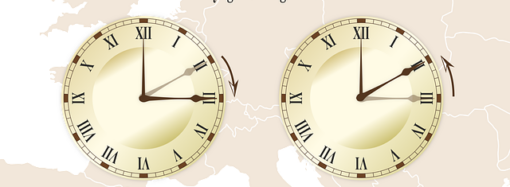
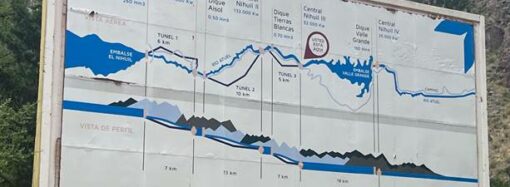
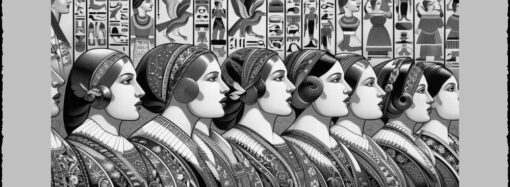


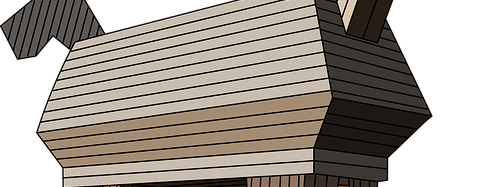
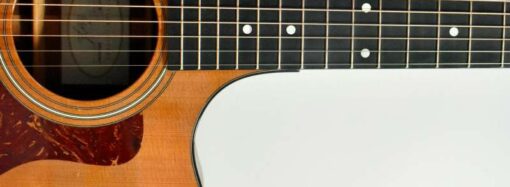



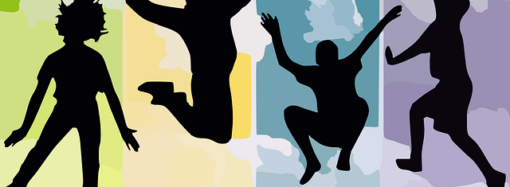












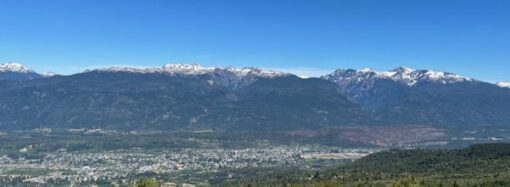
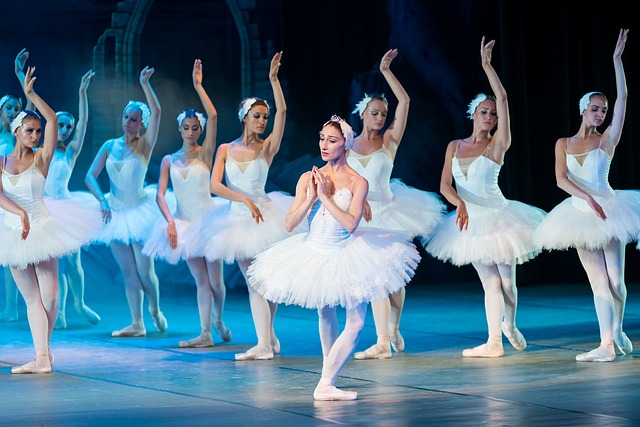
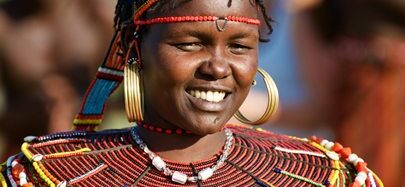


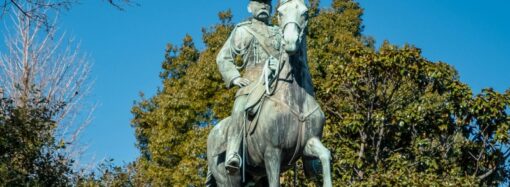

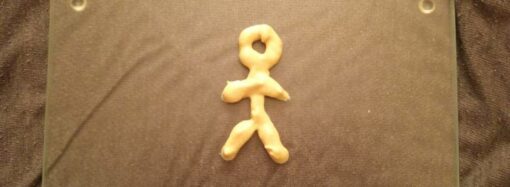










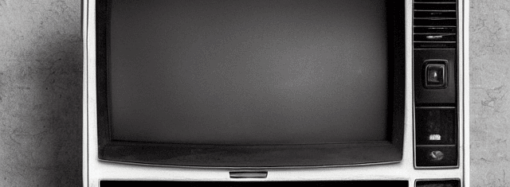
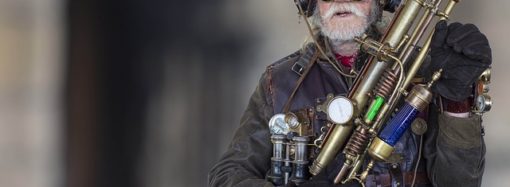
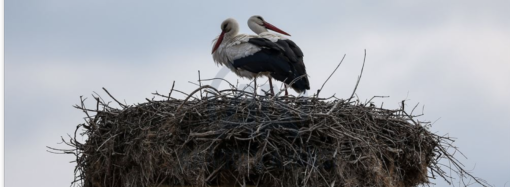


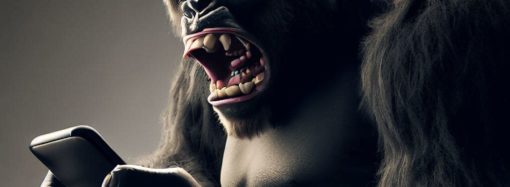
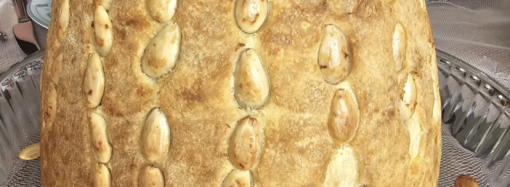
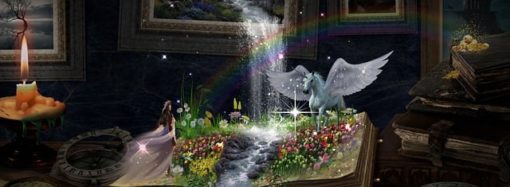



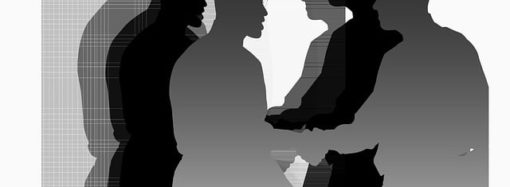

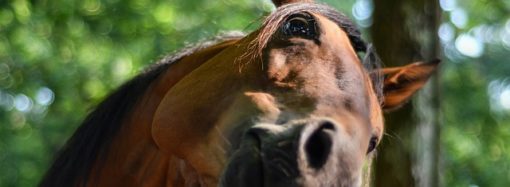

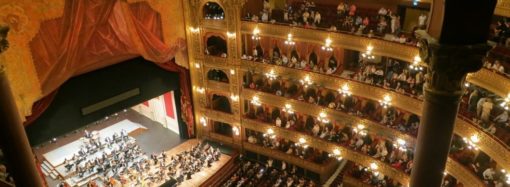

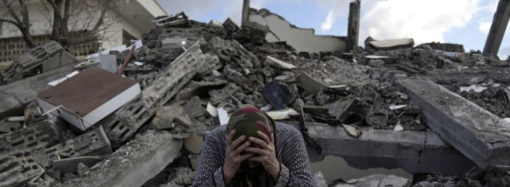
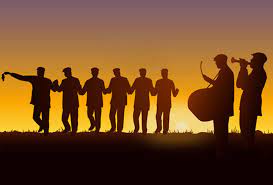





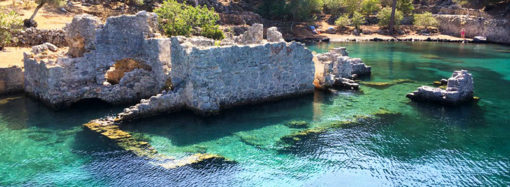

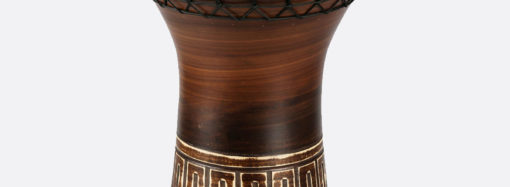
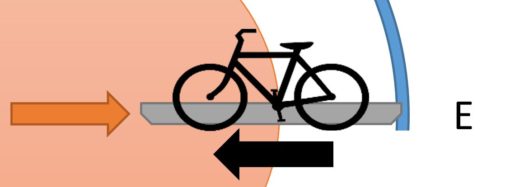
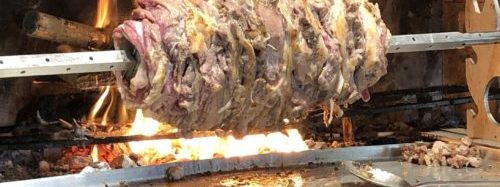



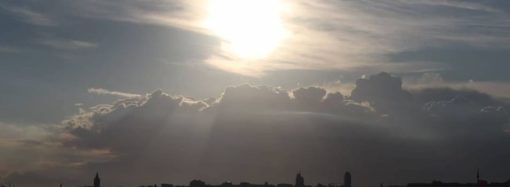








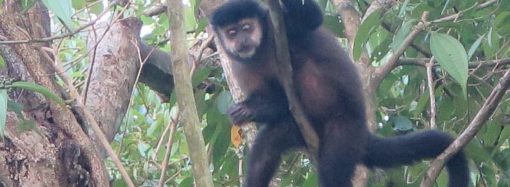




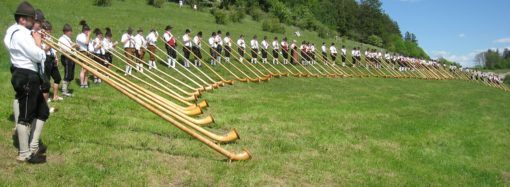
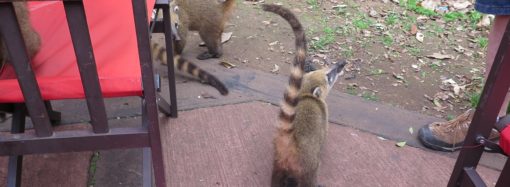



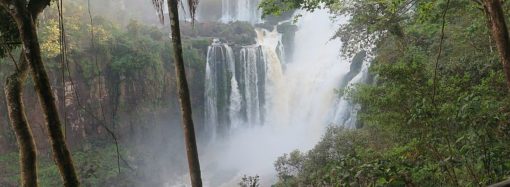





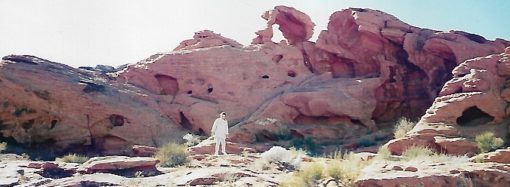



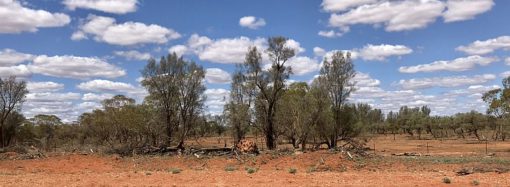






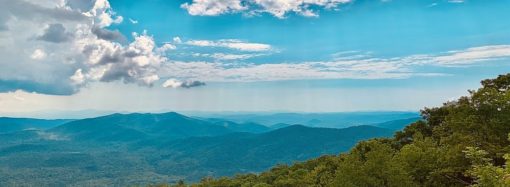

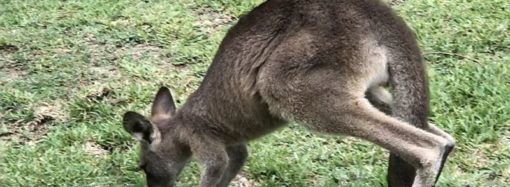
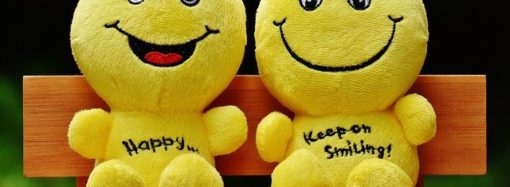
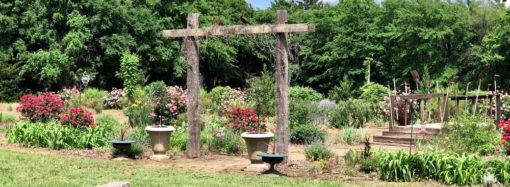


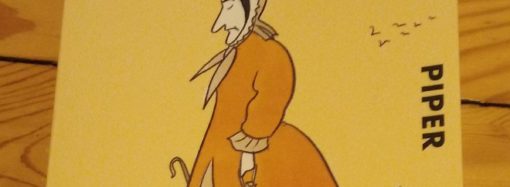








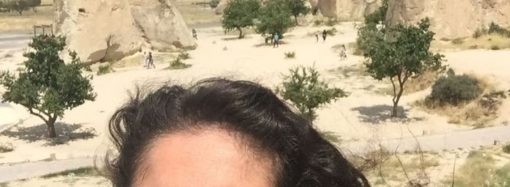


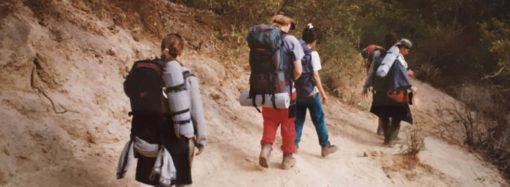




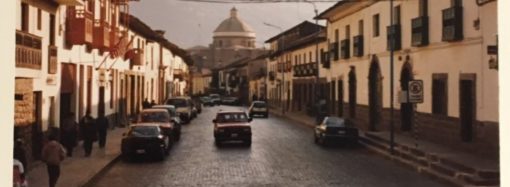




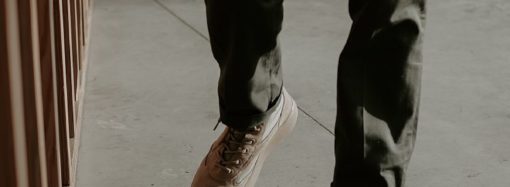

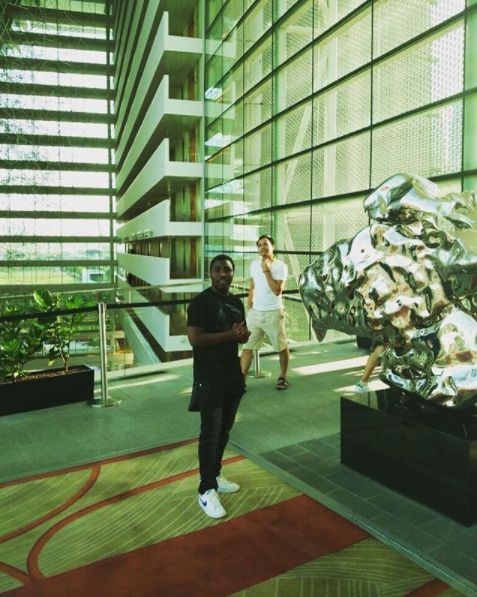
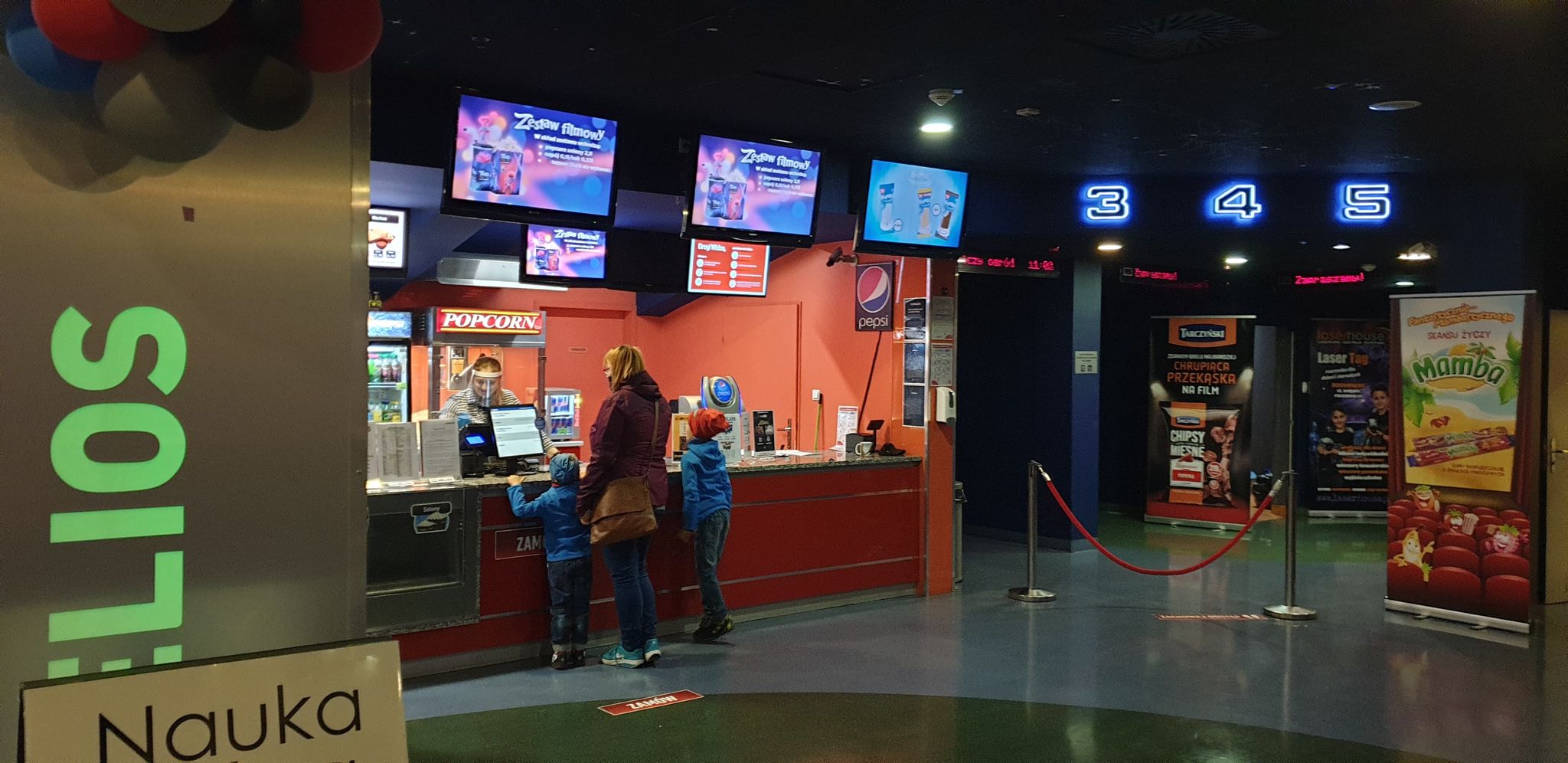
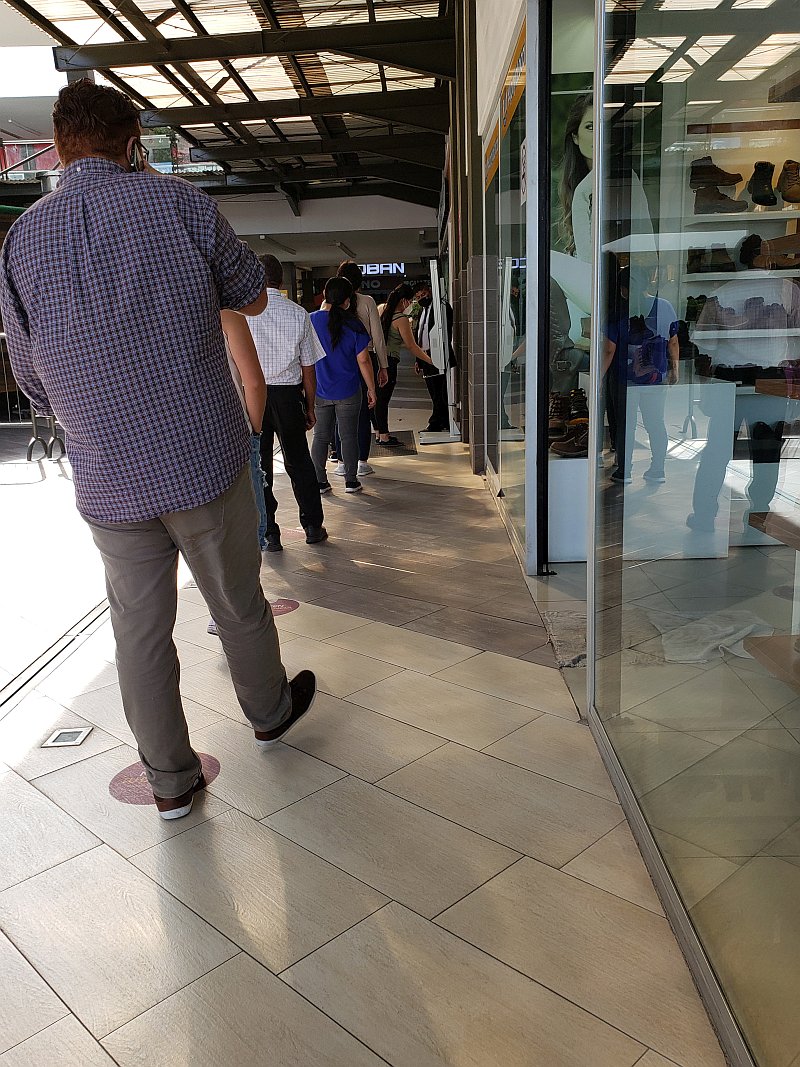
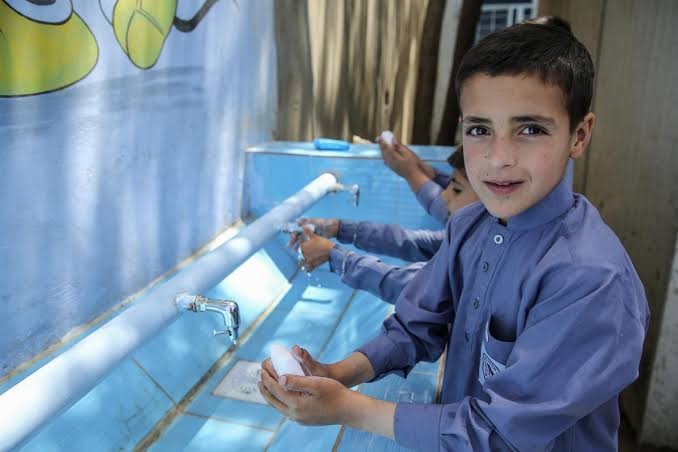
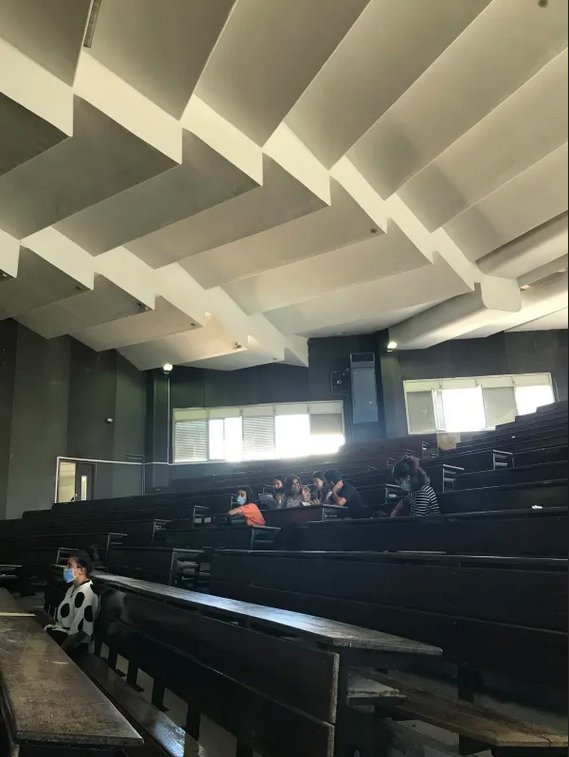
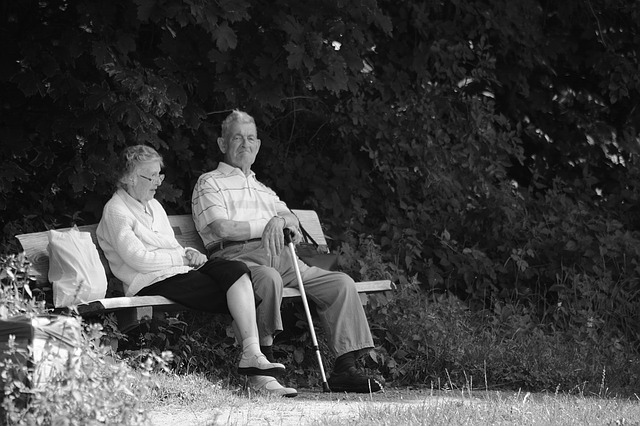

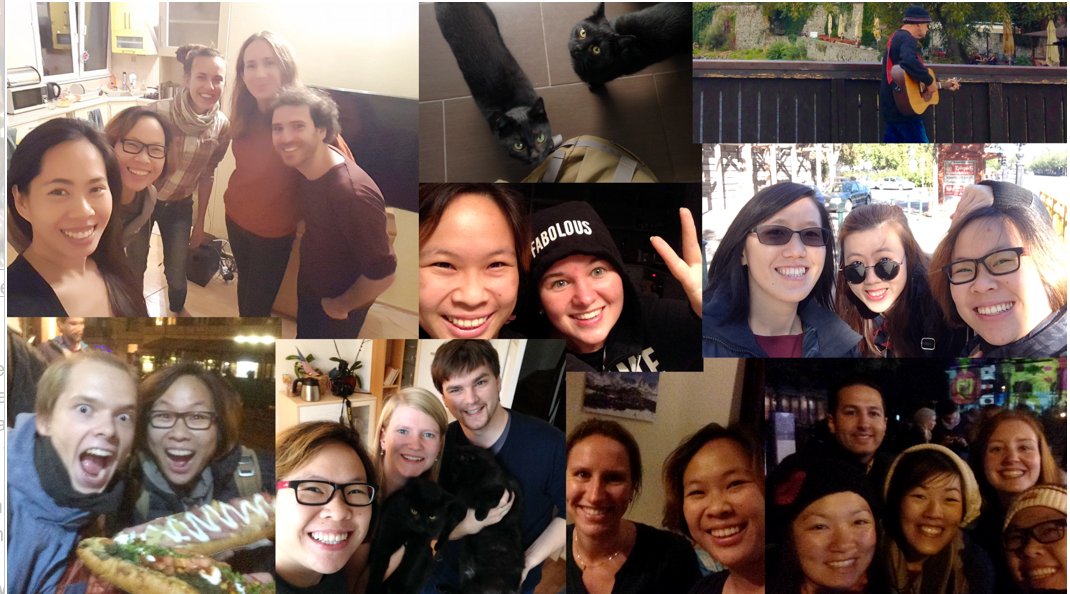
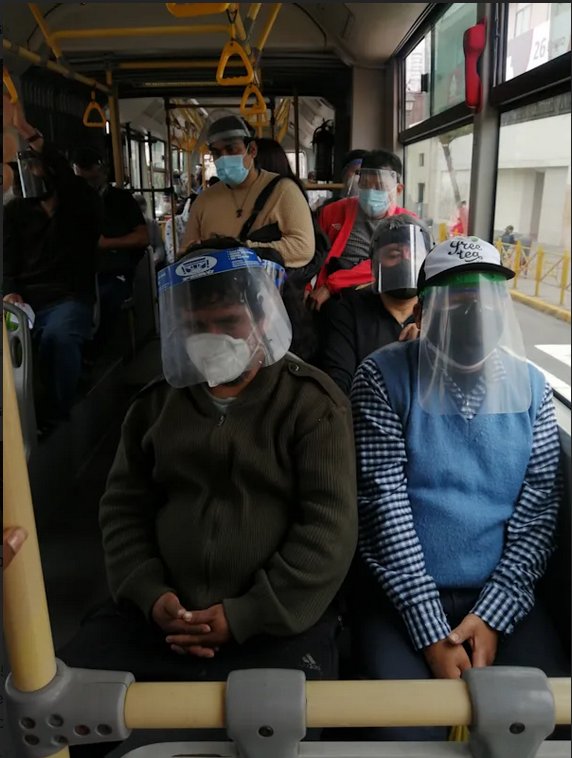

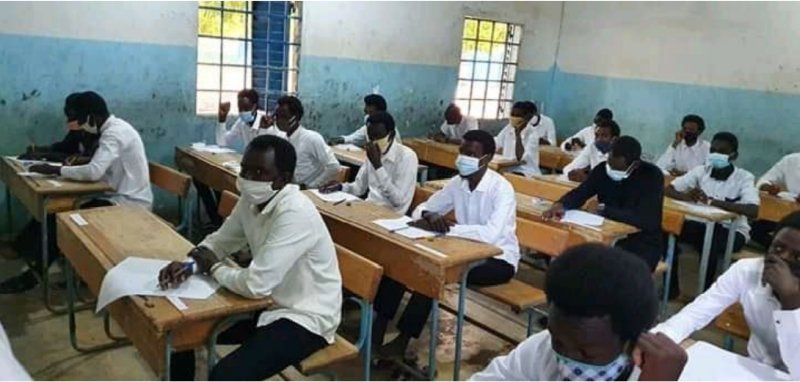

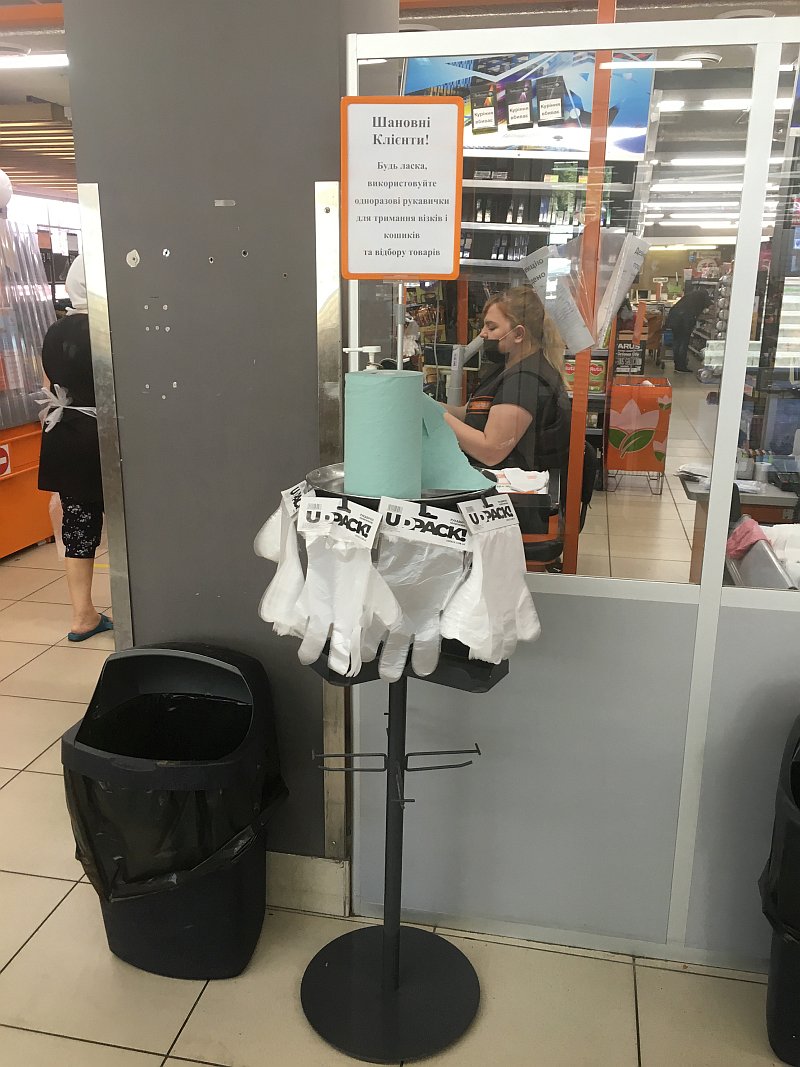

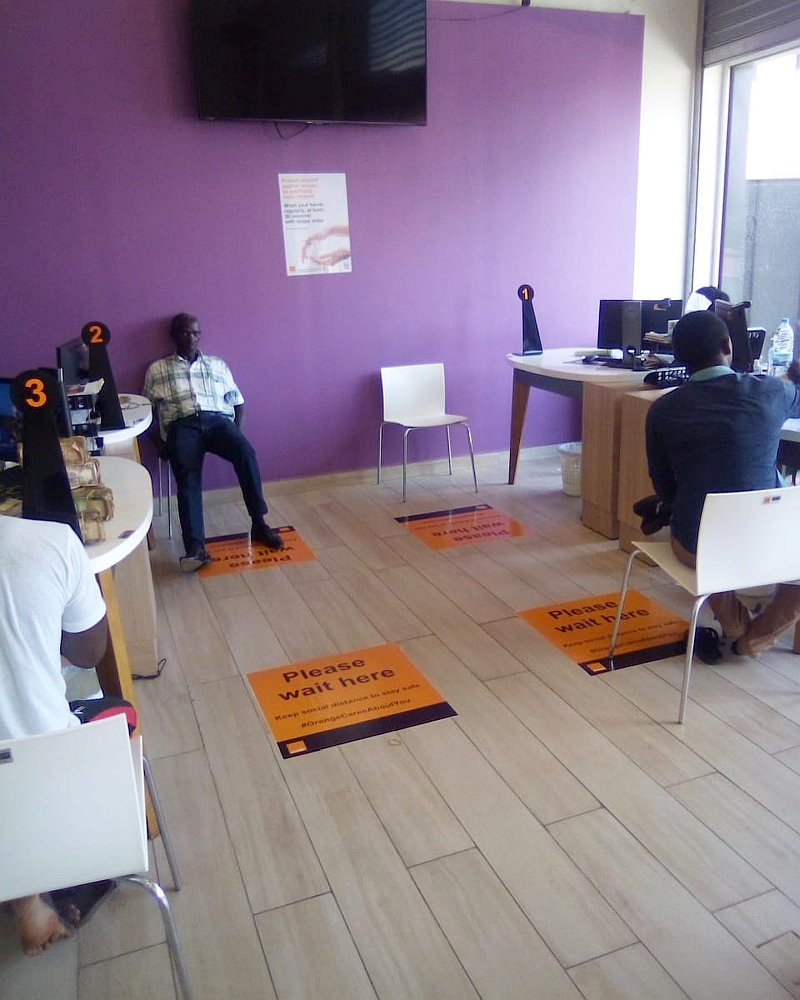
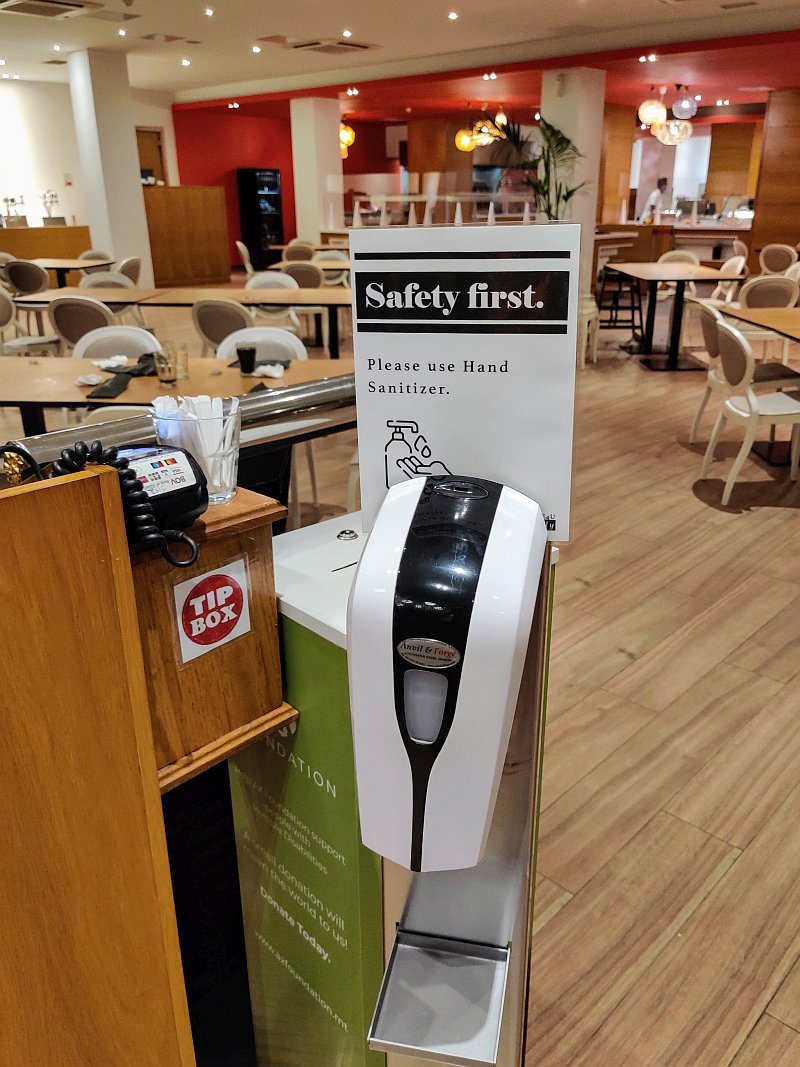
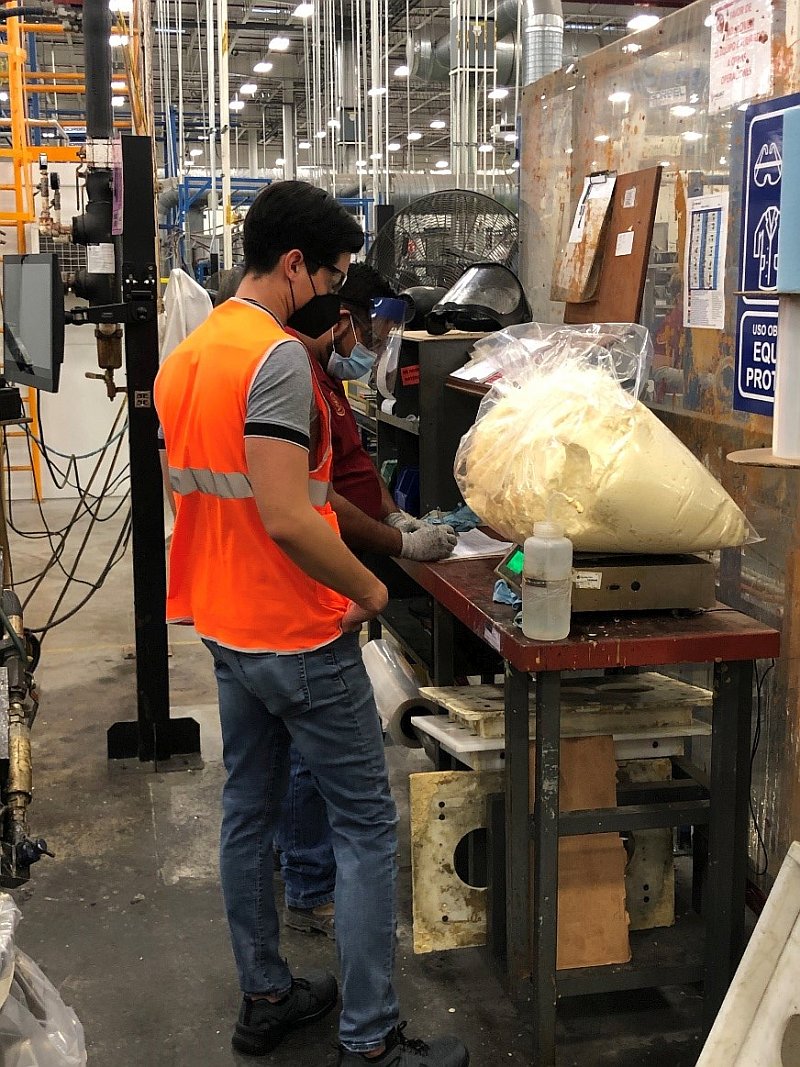
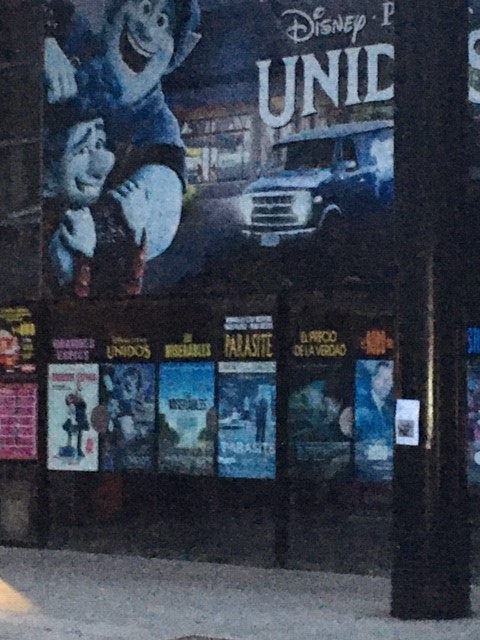
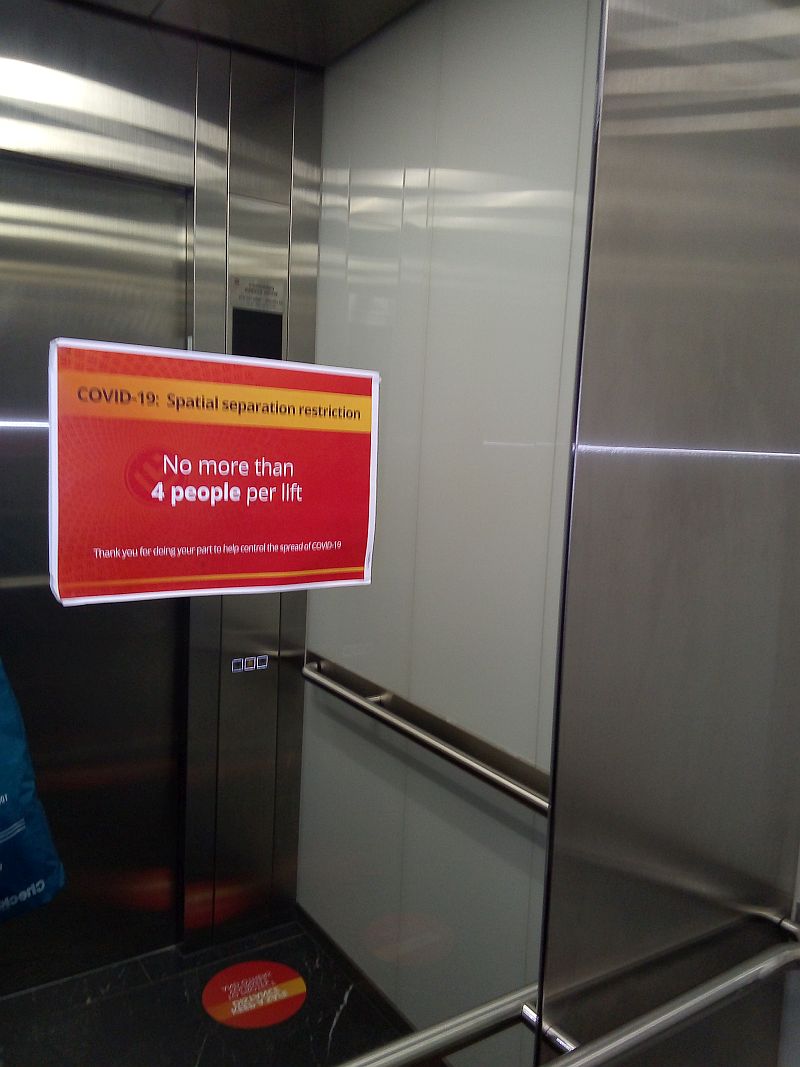
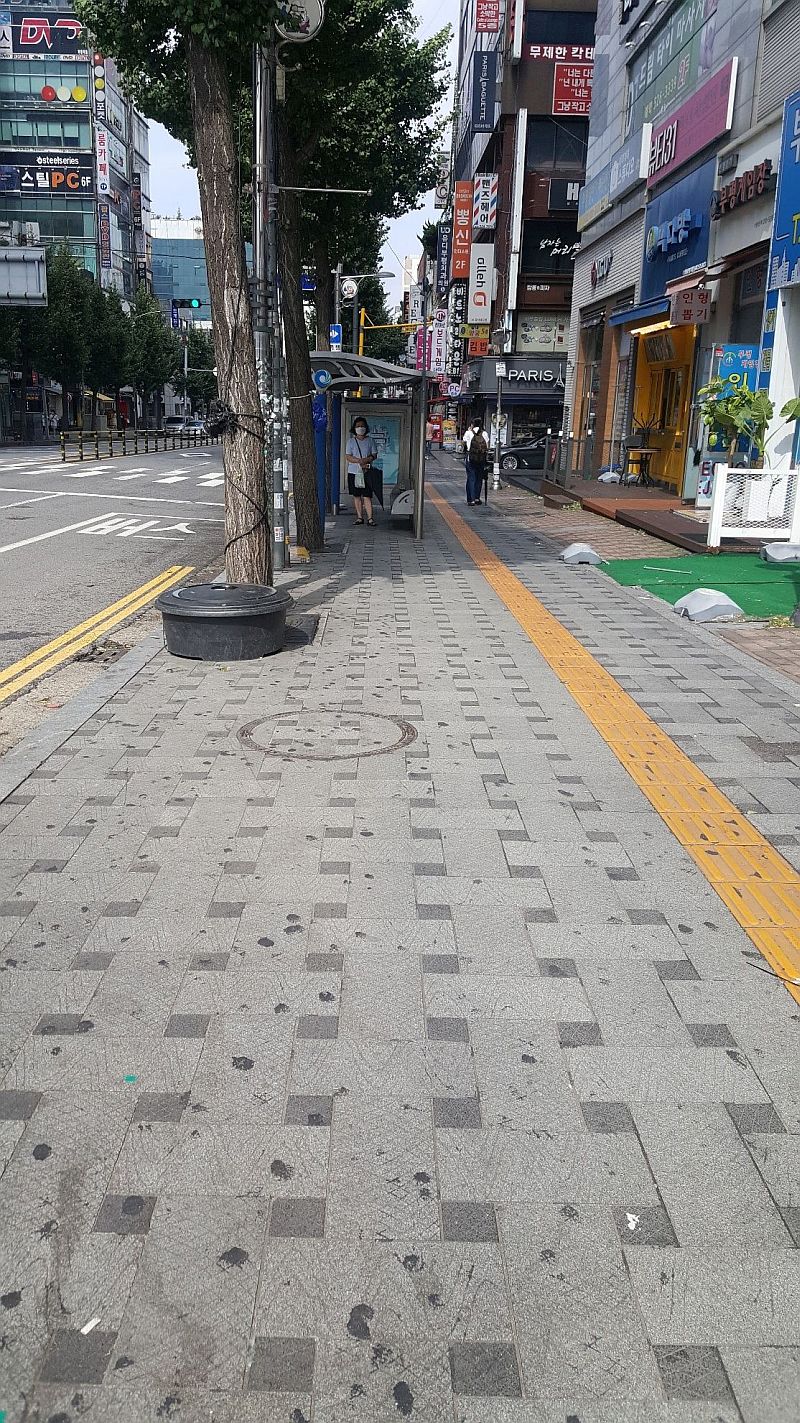
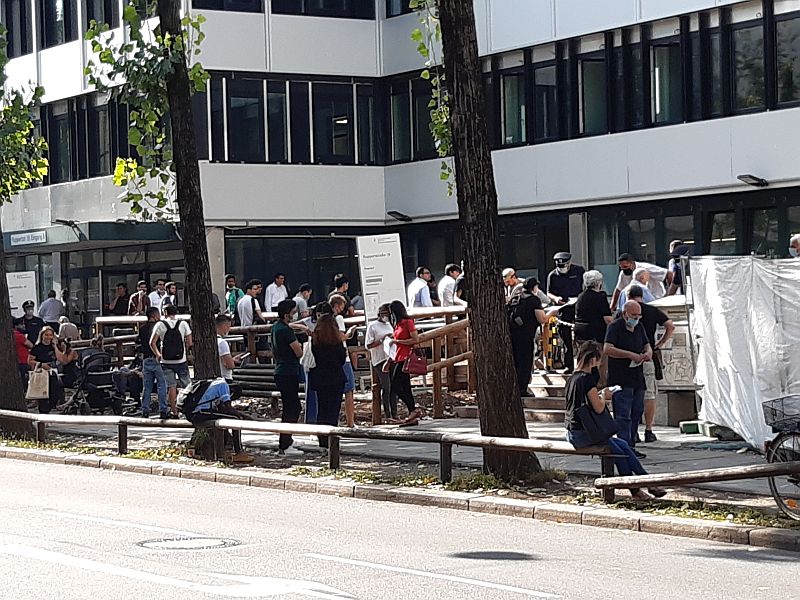

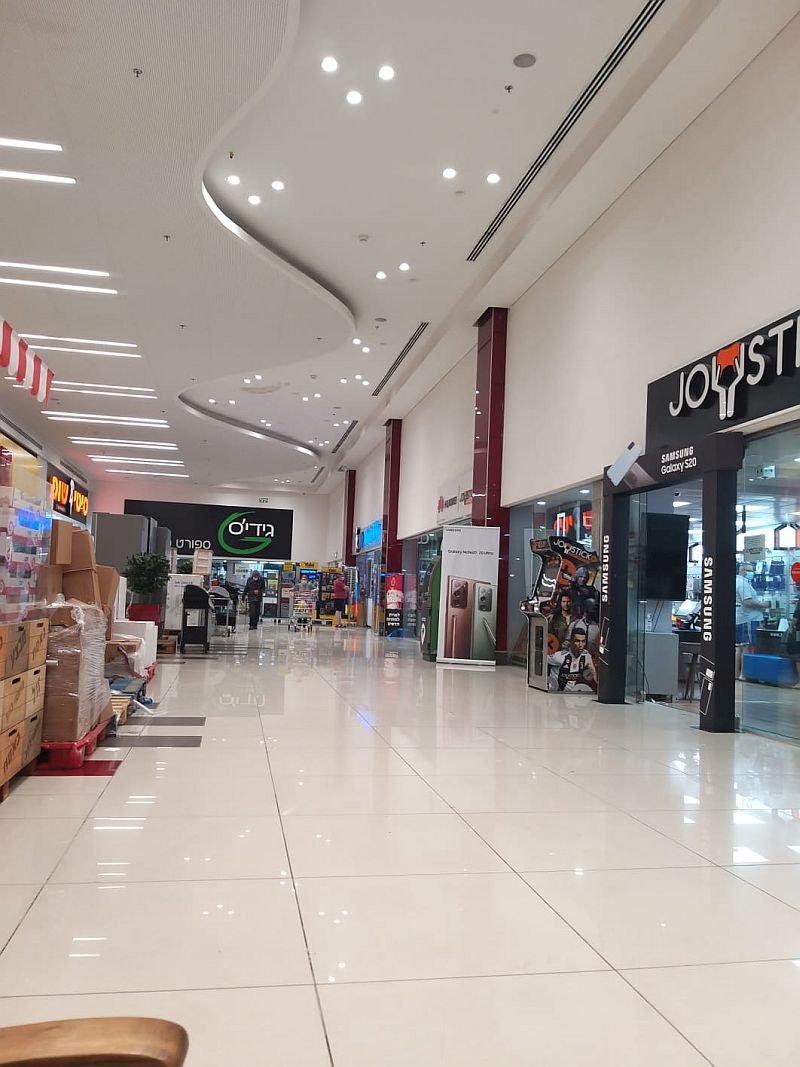

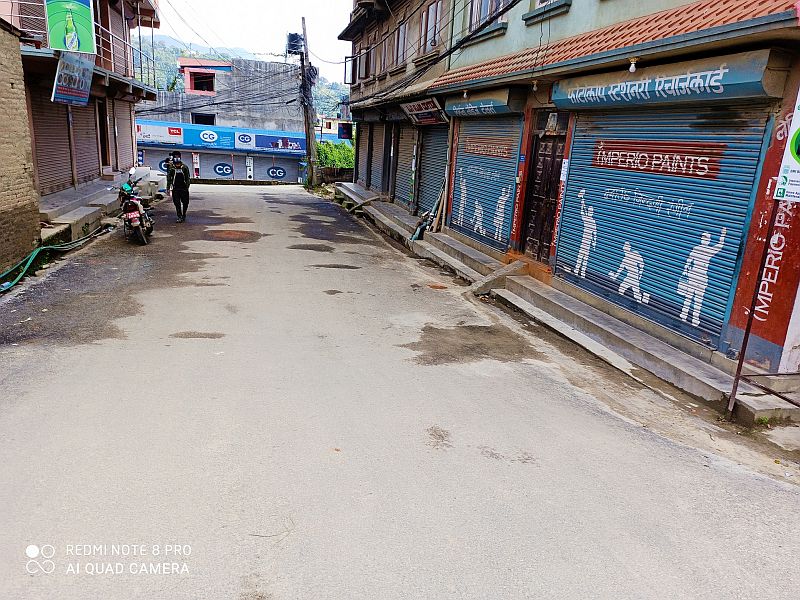
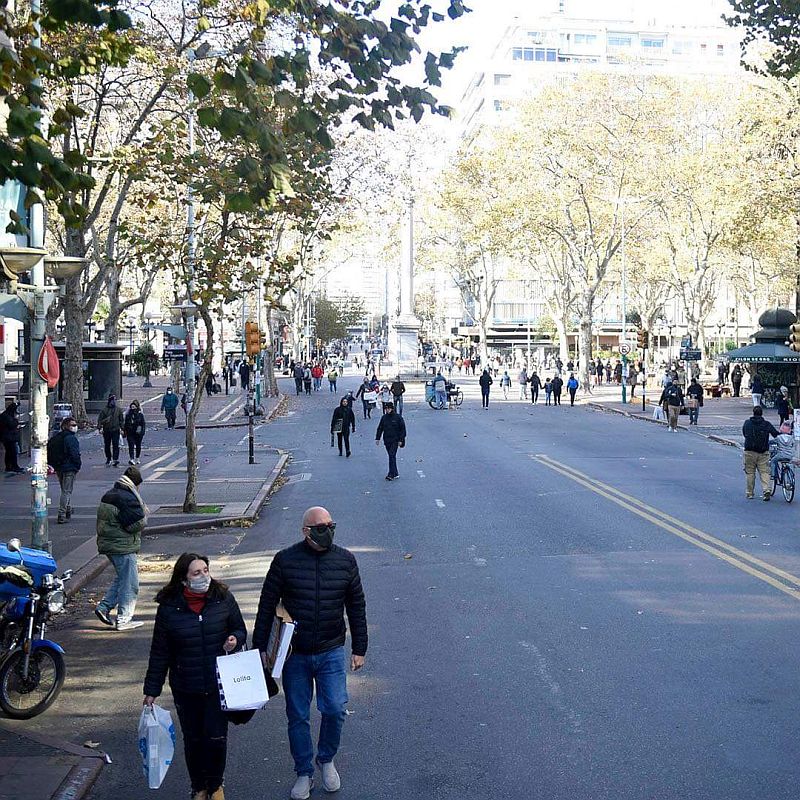
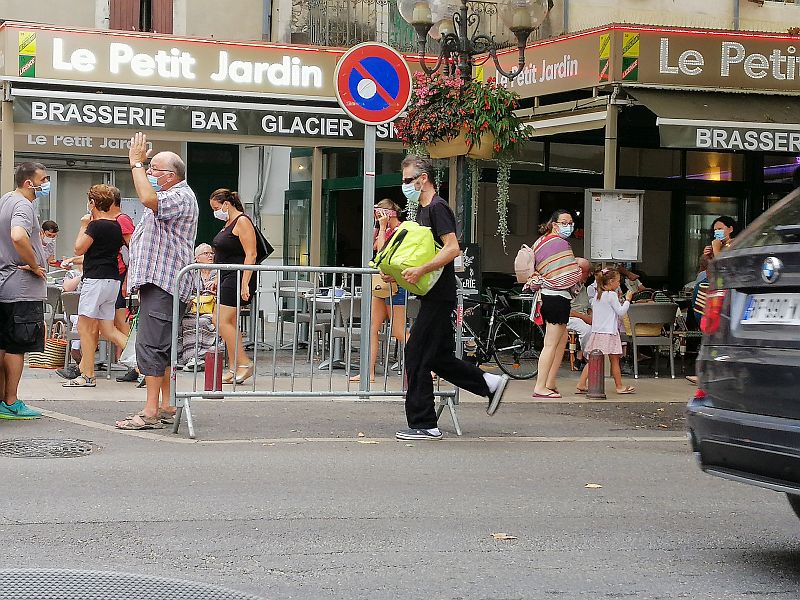
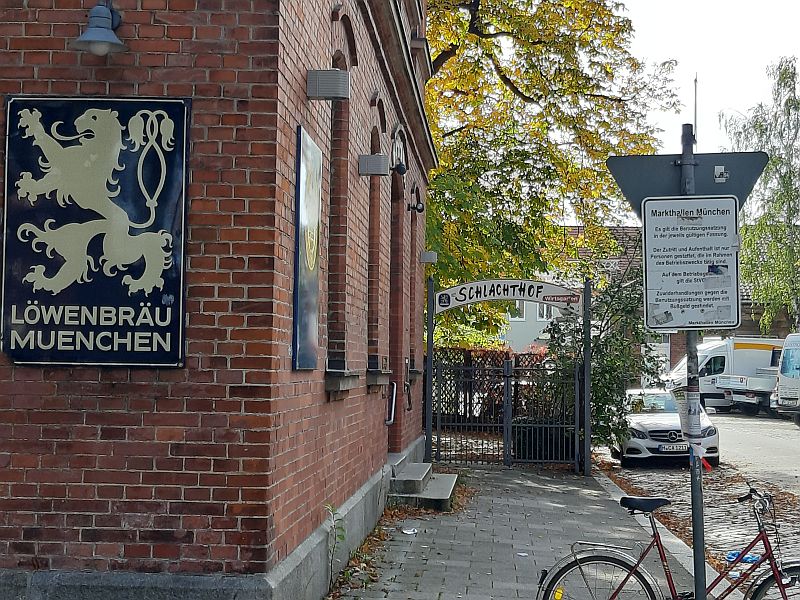
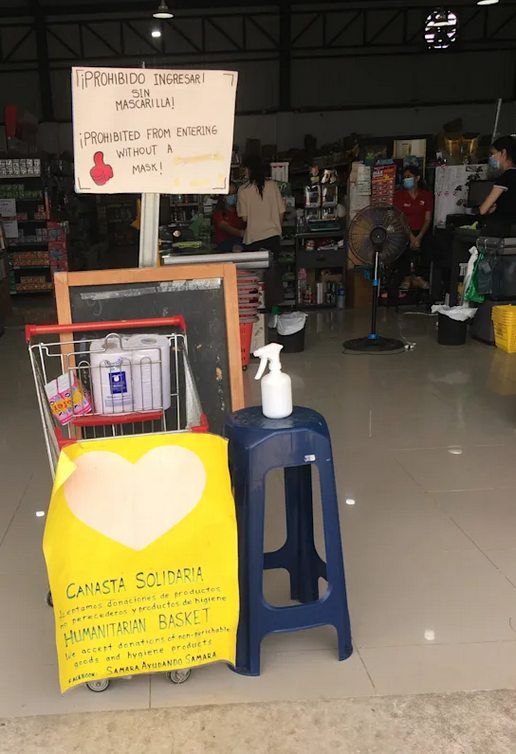
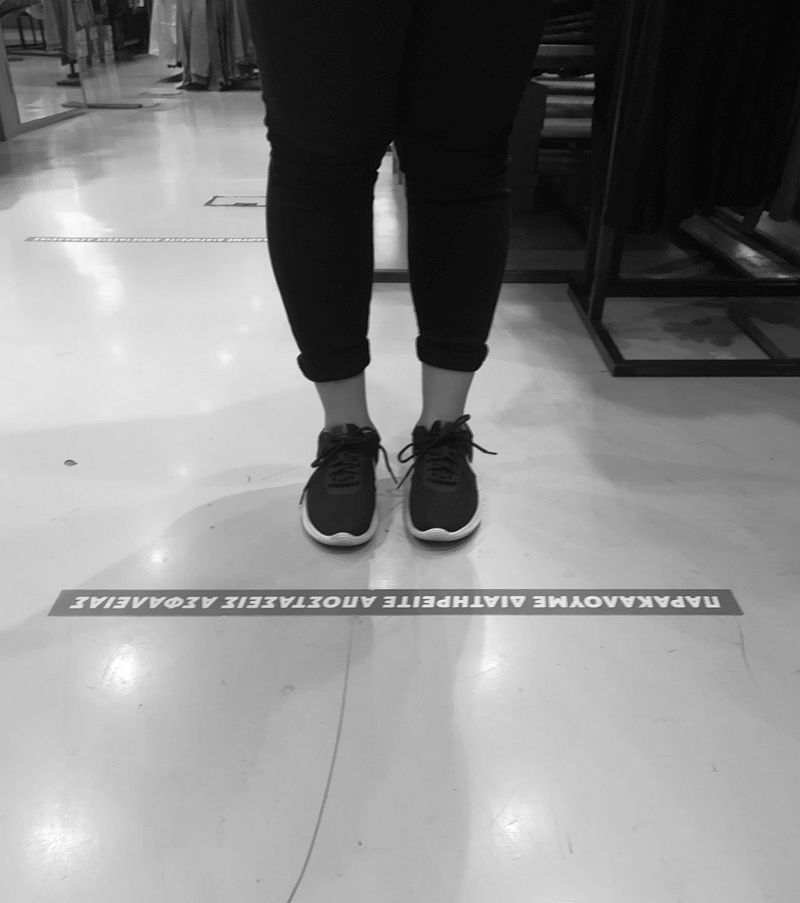
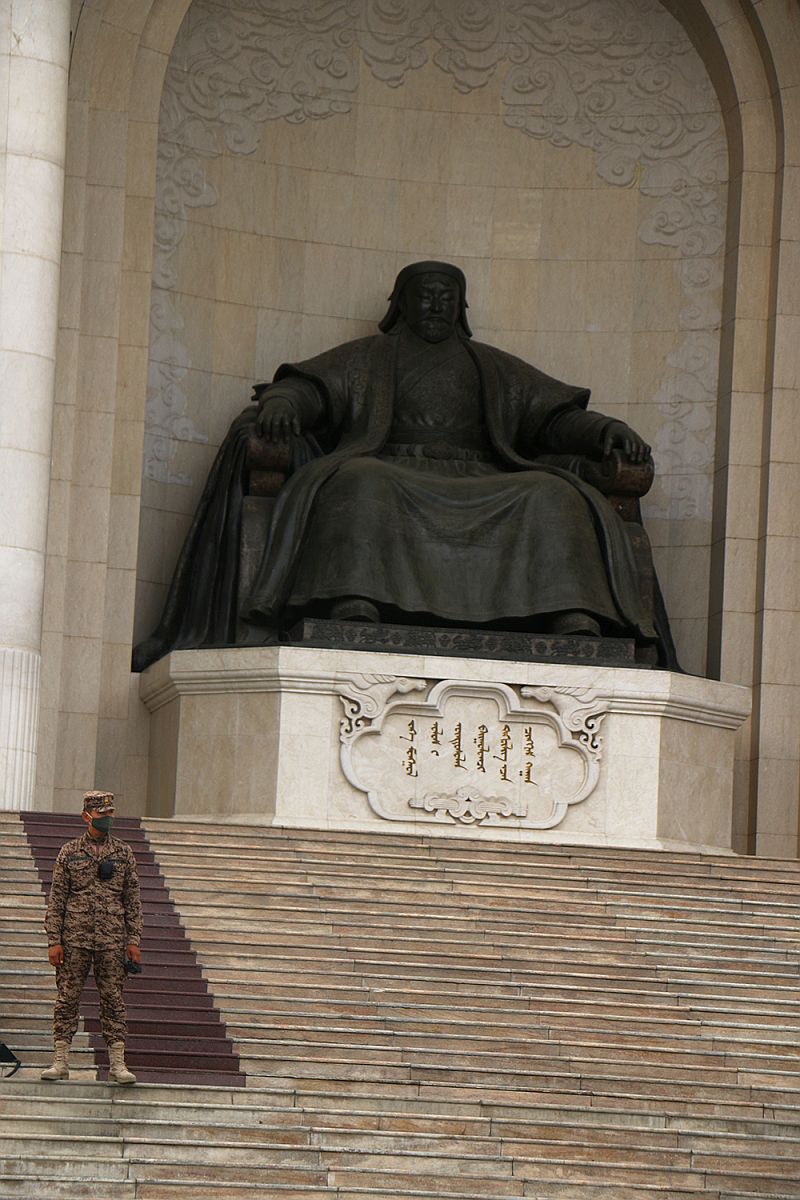

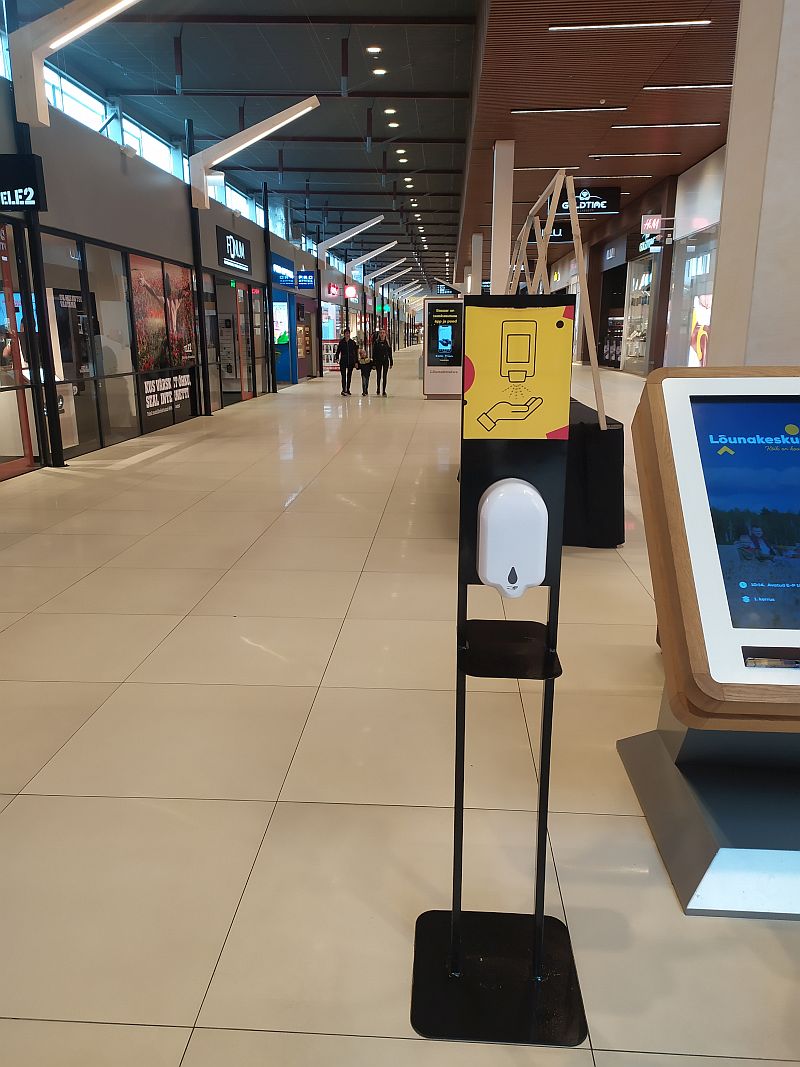
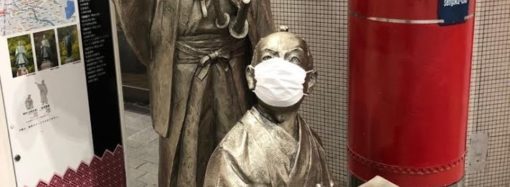
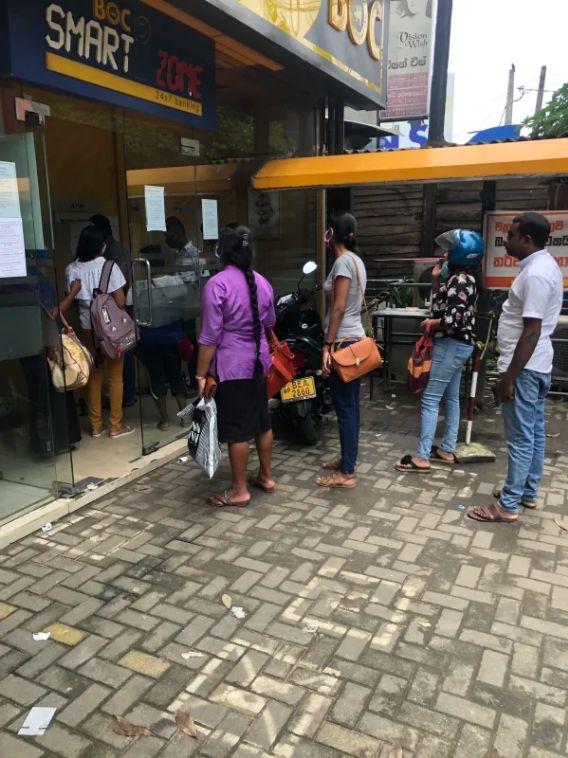
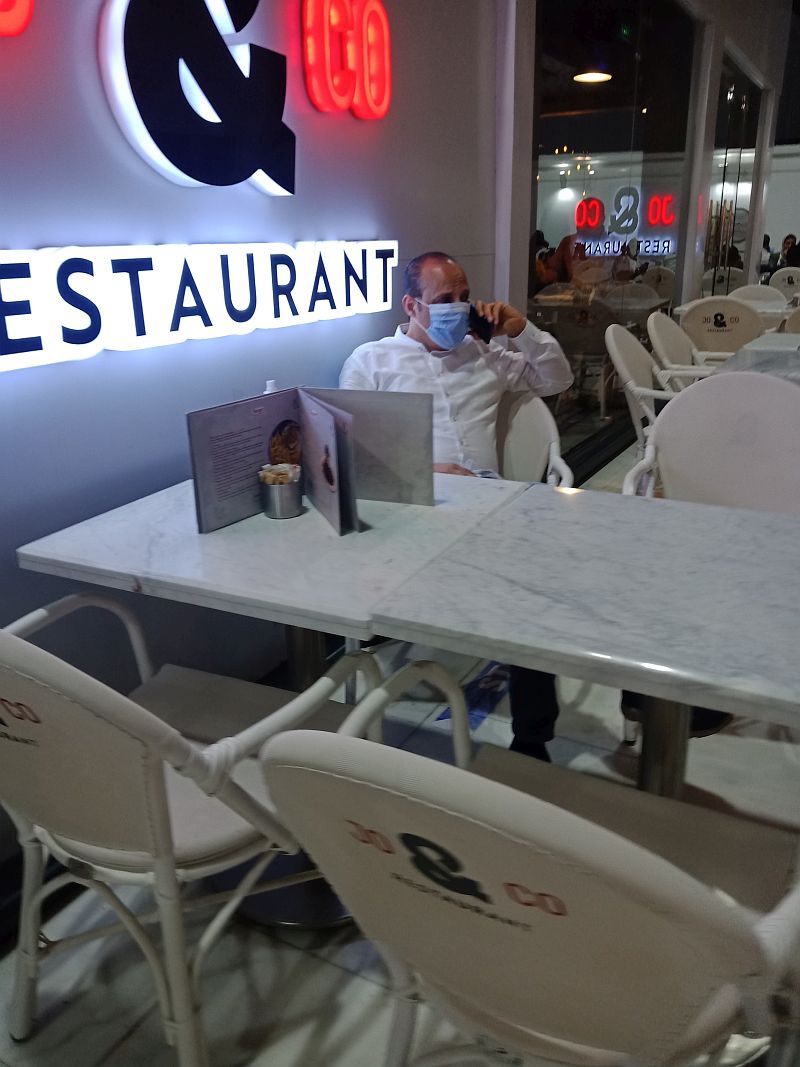

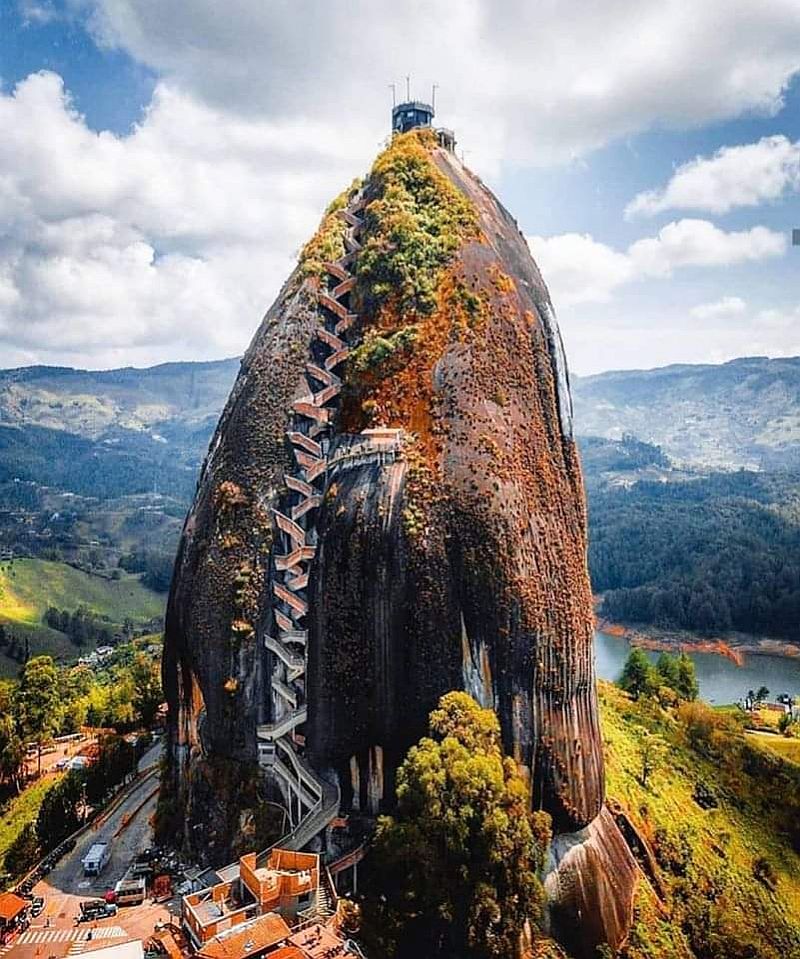


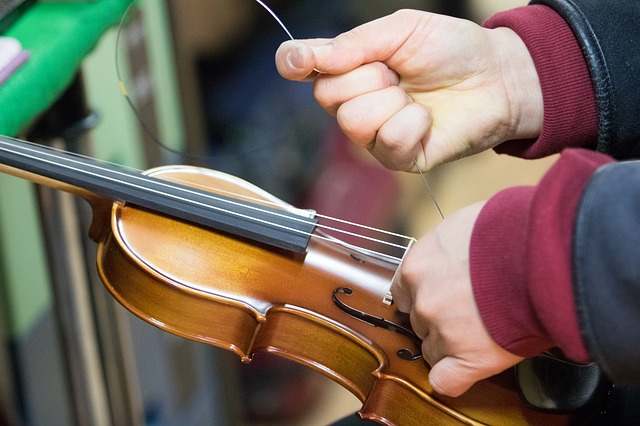
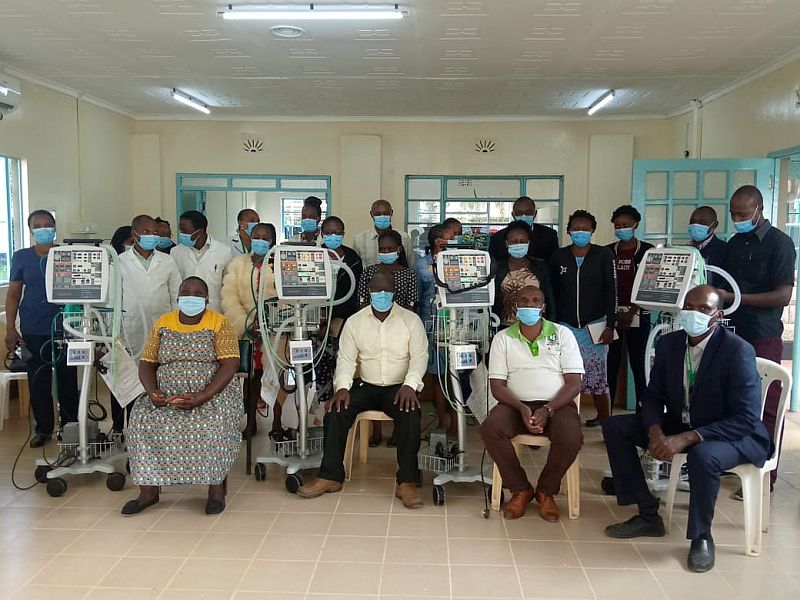
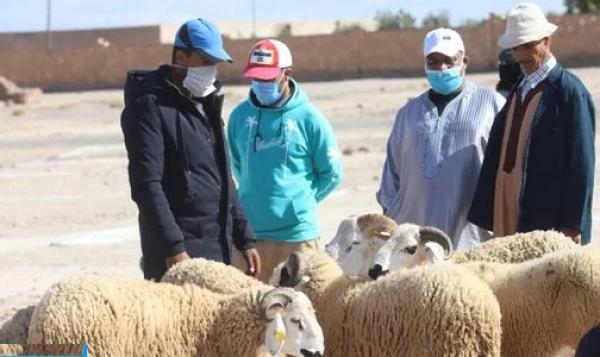


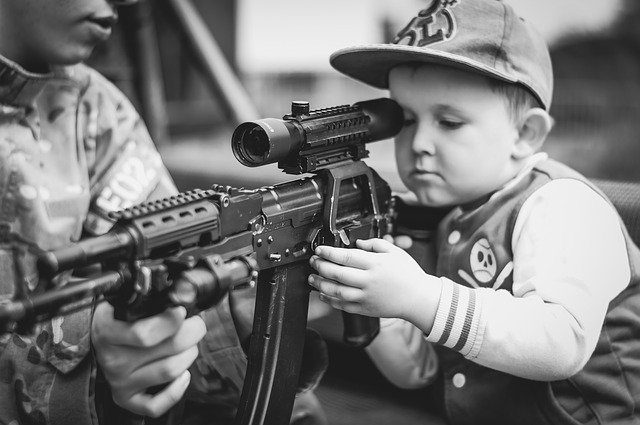
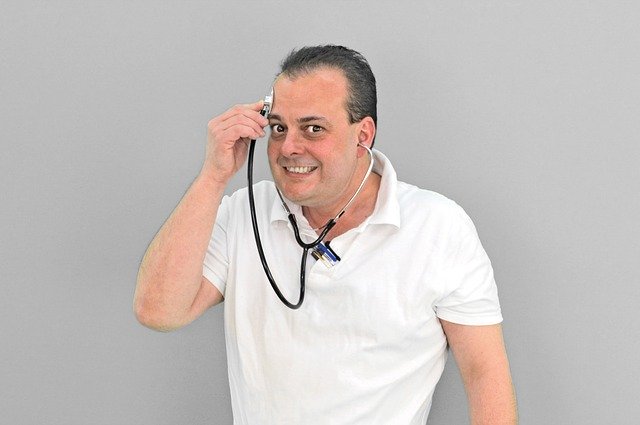
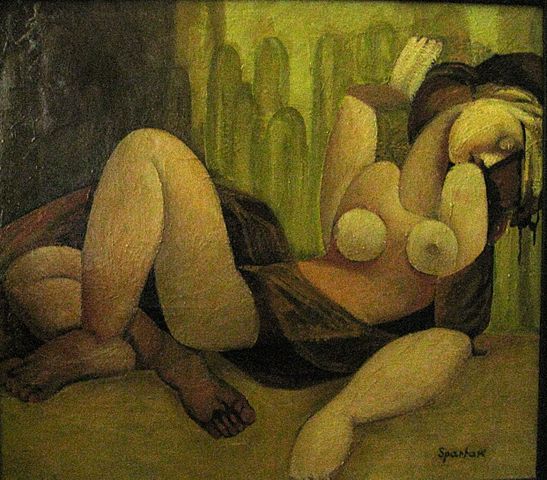


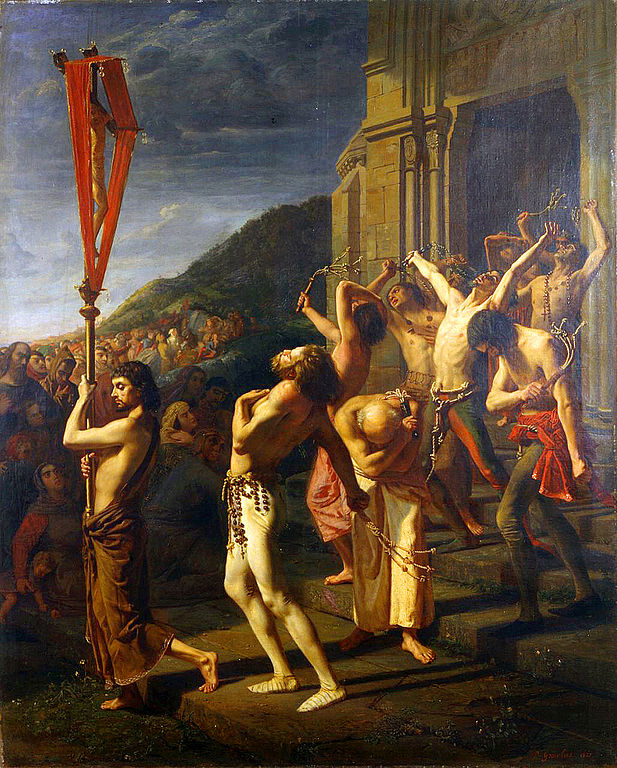


2 Comments
Ana
27. June 2025, 16:30Loved the article, Virgi! I learned . and smiled .- a lot while reading it! Thank you
REPLYvirgikambo@Ana
1. September 2025, 20:45Thank you so much! I’m really glad you enjoyed it.
REPLY